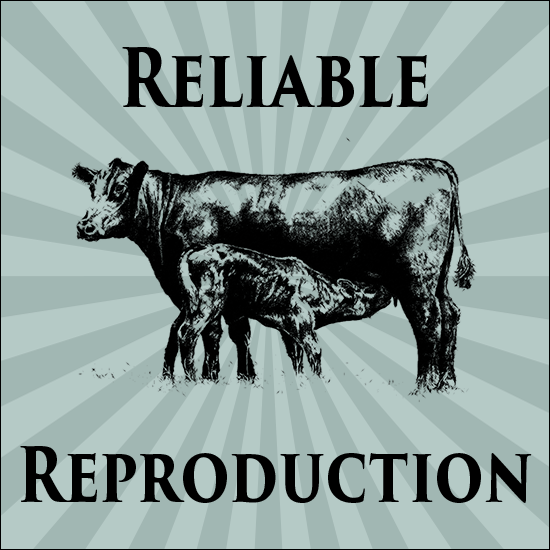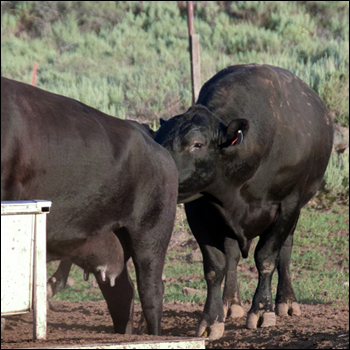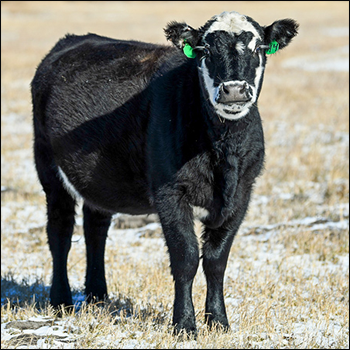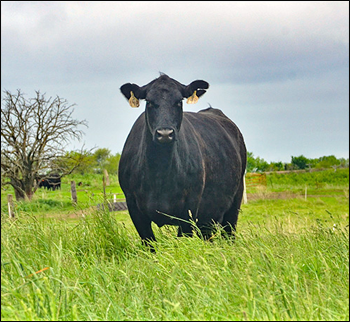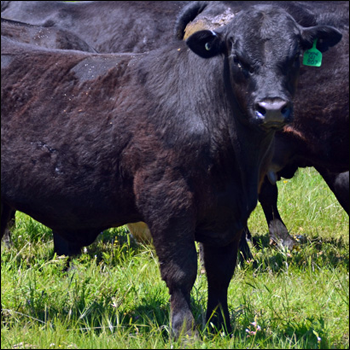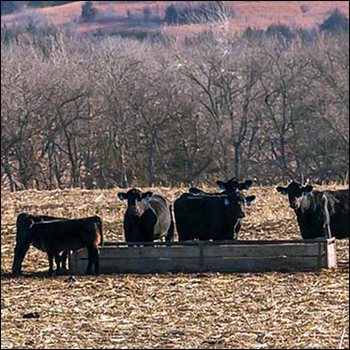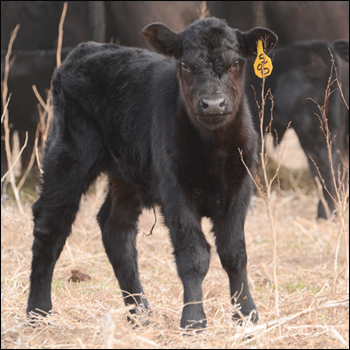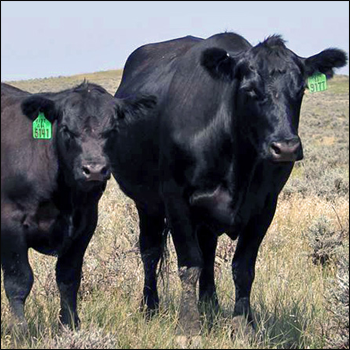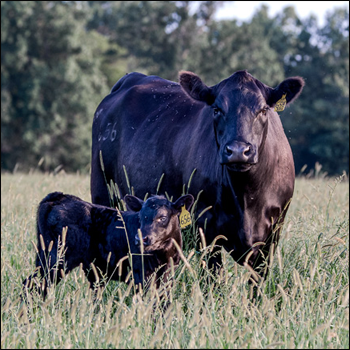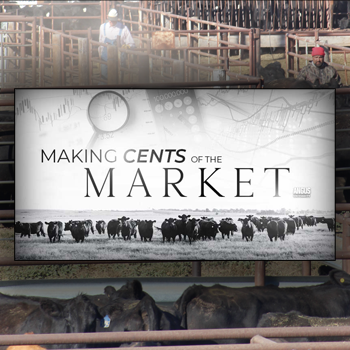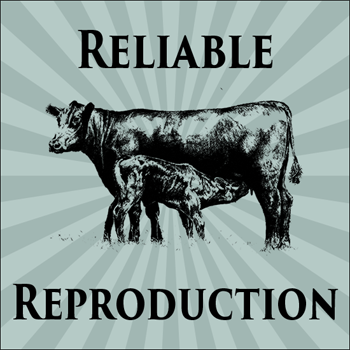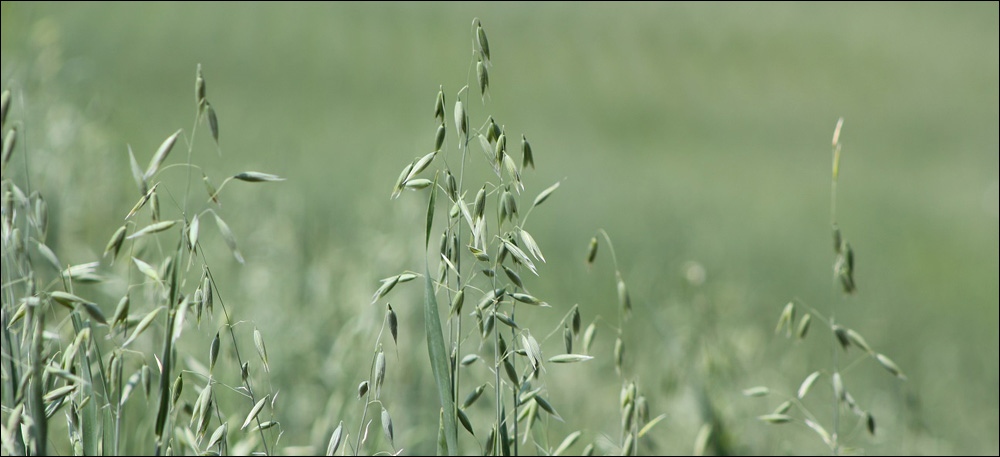
Oats are probably the most common cool-season annual forage planted in Nebraska. [Photo courtesy Troy Walz]
Planning for Spring Annual Forages
Planting tips for cool-season cereal grains.
It is time to be planning and thinking about any spring annual forages that might be planted. Part of the process may be anticipating a need for extra feed or booking seed early for possible discounts.
For spring or cool-season annual forages, the planting period is typically late March to early April, or when soil temperatures are in the range of 42° to 45° F. Oats are probably the most common cool-season annual forage planted in Nebraska. However, spring triticale or spring barley are two other small-grain options that have been found to perform similarly to oats in terms of forage yield and quality.
Also similar are the number of days until ready to begin grazing or haying, so the different species could be mixed if desired. One could look at seed cost of the different species before making a decision. With the early spring planting date of the cool-season annuals, grazing can typically begin around the third or fourth week of May and last into early July. Haying usually takes place around the third week of June.
If grazing is a primary goal, Italian ryegrass could be included in a mix with the cereal grains, and this will result in a longer grazing period. Field peas are another species that could be included to enhance forage quality and provide some nitrogen fixation.
Don’t forget to consider the herbicides that may have been used on a field the previous year. Some herbicides have long residuals that could hinder establishment even into this spring.
Listen to a discussion of the content in this article on the BeefWatch podcast.
Editor’s note: Jerry Volesky is a University of Nebraska–Lincoln Extension range and forage specialist.

Angus Proud
In this Angus Proud series, Editorial Intern Jessica Wesson provides insights into how producers across the country use Angus genetics in their respective environments.
 Angus Proud: Scott Sproul
Angus Proud: Scott Sproul
Oklahoma operation learned wisdom of moving calving season to better suit their marketing needs.
 Angus Proud: Bubba Crosby
Angus Proud: Bubba Crosby
Fall-calving Georgia herd uses quality and co-ops to market calves.
 Angus Proud: Jim Moore
Angus Proud: Jim Moore
Arkansas operation retains ownership through feeding and values carcass data.
 Angus Proud: Les Shaw
Angus Proud: Les Shaw
South Dakota operation manages winter with preparation and bull selection.
 Angus Proud: Jeremy Stevens
Angus Proud: Jeremy Stevens
Nebraska operation is self-sufficient for feedstuffs despite sandy soil.
 Angus Proud: Dave Rutan
Angus Proud: Dave Rutan
Angus breeder gets the most out of his bull investment by partnering with opposite calving-season operation.
